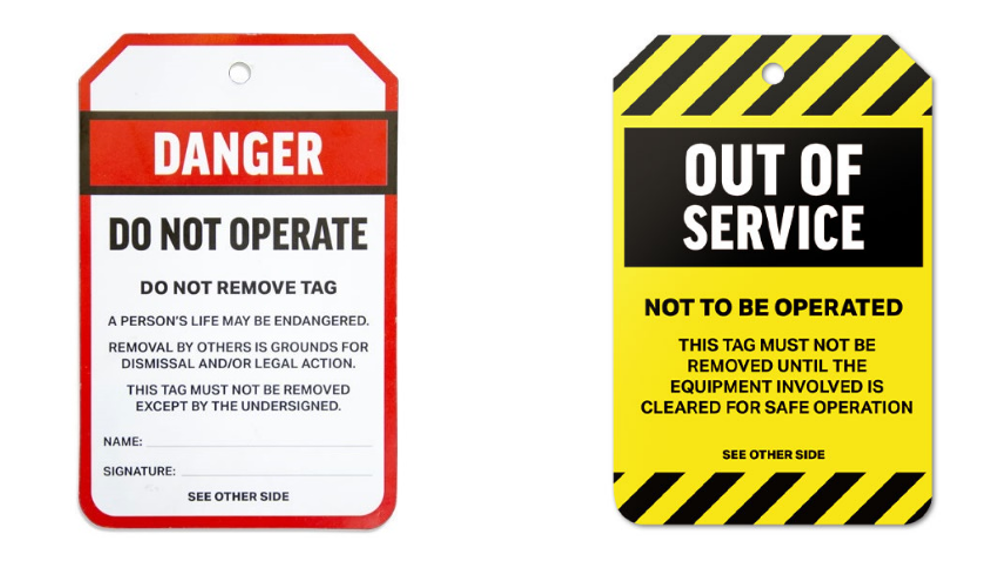In this blog post, we’ll delve into what a forklift jib is, highlight its status as one of the most useful and versatile attachments on the market, and provide essential tips for safe operation and maintenance.
What is a Forklift Jib?
A forklift jib is an attachment that extends the reach of a forklift, allowing it to handle various loads beyond its standard capabilities. Jibs are designed to easily slide onto a forklift tynes and are particularly useful for lifting and placing items at height or reaching into tight spaces.
Different Types of Jibs
Some of the most common types of jibs on the market include:
- Fixed-Length Jib: This design does not require length adjustments, offering consistent reach for standard lifting tasks.
- Extendable Forklift Jib: Featuring a telescopic design, this jib allows you to adjust its length to safely handle various load sizes. (Each extension length has a specific safe lifting capacity to ensure forklift stability).
- Adjustable Forklift Jib: This jib includes a mechanism to raise or lower the end at different angles, accommodating loads of various sizes. (The safe lifting capacity varies depending on the jib’s angle).
Safe Working Load (SWL) Limits
As with any piece of equipment, it is crucial to fully understand how to operate it safely before use.
One of the most important aspects of using a jib is understanding its safe working load limits. This limit indicates the maximum weight the jib can lift safely, ensuring proper handling and preventing overloading. The safe working load limit of a jib varies depending on both the size of the jib and the capacity of the forklift. It’s essential to verify that the forklift you plan to use with the attachment has a data plate indicating it’s rated for that specific attachment.
It’s important to note that with extendable or adjustable jibs, the safe lifting weight decreases as the angle and length of the jib are adjusted.
Step-by-Step Safe Jib Procedure
To safely and efficiently use a forklift with a jib attachment, it’s essential to follow a safe approach to ensure both the equipment and cargo are handled correctly.
- Review and understand all SWL limits according to the manufacturer’s instructions. Confirm that the combined weight of the cargo and forklift jib does not exceed the forklift’s capacity.
- Ensure all forklift operators hold a valid High-Risk Work Licence with Forklift class and have received proper training on safe operating procedures to support competency of safe operation.
- Select the appropriate forklift for the job and adjust the tynes to align with the jib.
- Drive into position so that the jib is centred on the forklift.
- Secure the jib to the forklift by using the locking pins that fit behind the heel of the forks. To further ensure stability, wrap the safety chain or hook around the carriage. Once the jib is securely attached and in position over the cargo, you can proceed to attach it properly.
- Lift the cargo approximately 30 cm off the ground to check for balance.
- Once satisfied with the stability, lift the cargo to a safe travel height and slowly transport it to your desired destination.
- Lower the cargo to the ground and detach the hook.
- When finished with the jib, lower it safely to the ground in a secure location, remove locking pins and chains, and reverse out from beneath it.
By carefully considering each step, you can effectively manage the lifting and transport of cargo, ensuring safety and precision throughout the process.
Note that in some instances additional training or licencing may be required including but not limited to Dogman or Rigger licence or Load/Unload Cargo competency.
Performing Routine Jib Inspections
As with any forklift attachment, the jib requires thorough inspections and maintenance to ensure it remains in optimal condition and is ready for safe use. In addition to routine inspections, a jib must also be tested and inspected by a qualified inspection officer annually to ensure it meets safety standards.
Inspections must include:
- Visual (Check for cracks, bends and any sign of excess wear).
- Labels (Data plate/nameplate is up to date and reflects all uses).
- Records (Annual inspection and tagging requirements by authorised person as lifting equipment).
If you suspect your jib does not meet safety standards, apply an out-of-service or danger tag to prevent its use and seek professional assistance to address the issue.
Forklift jibs are essential for enhancing your material handling capabilities, but their effective use relies on proper understanding, safe operation, and regular maintenance.
By following these guidelines, you can ensure that your jib operates efficiently and safely, maximising productivity while maintaining a safe work environment.
For expert advice on choosing the perfect jib for your needs, call our team at 13 22 54 or submit an online enquiry. We’re here to help you find the ideal jib for your application.



